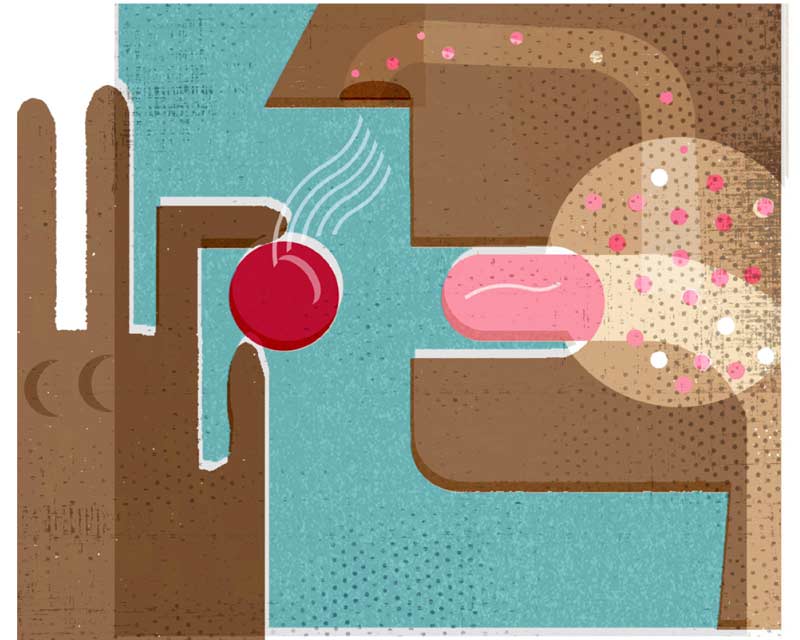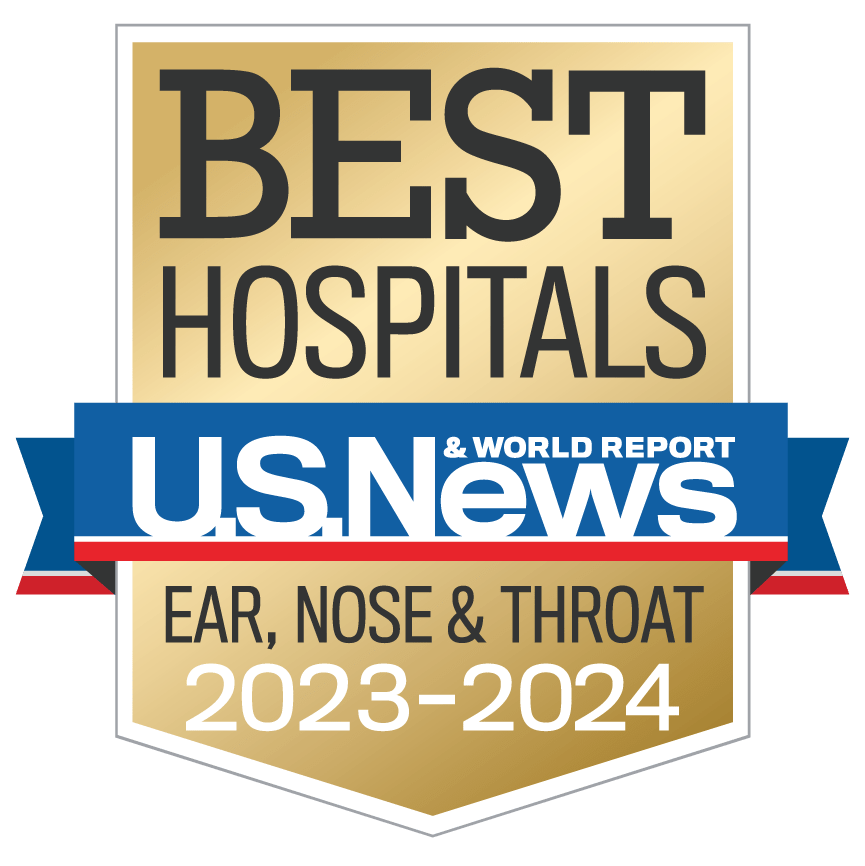 Could hard candy help detect probable cases of COVID-19 in otherwise asymptomatic people? Researchers at The Ohio State University and The Ohio State University Wexner Medical Center are determined to find out as part of a new study sponsored by the National Institutes of Health.
Could hard candy help detect probable cases of COVID-19 in otherwise asymptomatic people? Researchers at The Ohio State University and The Ohio State University Wexner Medical Center are determined to find out as part of a new study sponsored by the National Institutes of Health.
Study participants are asked to smell and eat a piece of hard candy of the same shape and color, once a day for 90 days, and log into an app to record what they smell and taste — not only by identifying the flavor but also by rating its intensity. If participants report a sudden drop in either sense, they’ll receive a message that they should quarantine and get a COVID-19 test.
Ohio State researchers came up with the idea last year when the sudden loss of sense of smell gained notoriety as a hallmark symptom of COVID-19.
“An estimated 86% of people who test positive for COVID-19 have a loss of smell,” says project co-leader Kai Zhao, PhD, associate professor in the Department of Otolaryngology – Head and Neck Surgery at The Ohio State University College of Medicine. “Epidemiological studies reveal that smell loss is the most predictive symptom of COVID-19. It is more reliable than cough, fever or headache.”
The interdisciplinary research team also includes Christopher Simons, PhD, assistant professor of Food Science and Technology in the Ohio State College of Food, Agricultural and Environmental Sciences, and taste biologist Susan Travers, PhD, professor of Biosciences in the Ohio State College of Dentistry. The team hopes to enroll about 3,000 people, with Ohio State students the primary recruitment target.
The first phase of the project is to validate the use of candy against two established screening strategy methods: a scratch-and-sniff card for smell and a one-time evaluation of the bitter medication quinine for taste. Both are more expensive than candy (less than 5 cents for a piece of candy versus more than 50 cents per scratch-and-sniff card) and more difficult to self-administer. During the project’s second phase, researchers will follow about 2,800 people for 90 days to track the screening tool’s long-term sensitivity.
The study will investigate several aspects of COVID-19-related chemosensory loss, including:
- Whether chemosensory loss is a reliable early indicator of COVID-19
- Whether COVID-19 is associated with both orthonasal and retronasal olfactory loss or if taste qualities (such as sweet and sour) are differentially affected
- The screening tool’s potential use as a monitor for chemosensory recovery
The candy is not intended to replace the current antigen or polymerase chain reaction (PCR) tests. Rather, it could serve as an easily distributed and self-administered community screening and monitoring tool, similar to temperature measurement.
Zhao hopes that as the pandemic subsides, researchers will turn their attention to understanding why COVID-19 often causes sudden loss of smell, known as anosmia.
“With other viruses that cause anosmia, people tend to lose and regain their sense of smell gradually, and they are less frequently bothered by it,” he says. “That may be the reason treating smell loss has not been a priority in medicine. With the global pandemic of COVID-19, more people may lose their sense of smell abruptly, and recovery may be delayed weeks, months or indefinitely. I hope this heightens interest in developing treatments for anosmia. Right now, we don’t have any.”
As an olfaction expert, Zhao empathizes with patients who experience enduring multisensory loss due to long-haul COVID.
“COVID-19 wrecks a lot of systems in the body, and we cannot predict who will unfortunately develop symptoms associated with anosmia, taste loss and hearing issues, such as tinnitus,” he says. “At Ohio State, we are exploring opportunities to study these symptoms in hopes of understanding them better and developing novel treatments.”

2024 Year in Review
See how Ohio State is shaping the field of Otolaryngology – Head and Neck Surgery.

